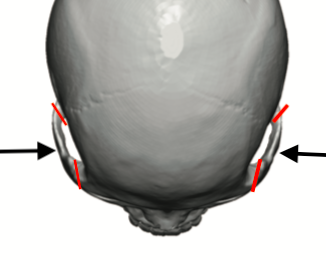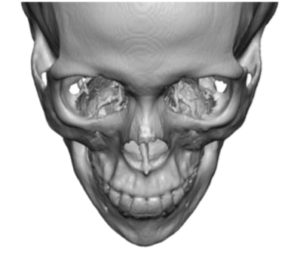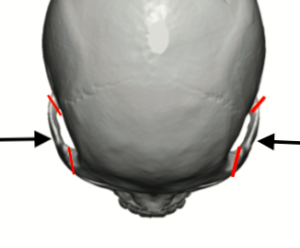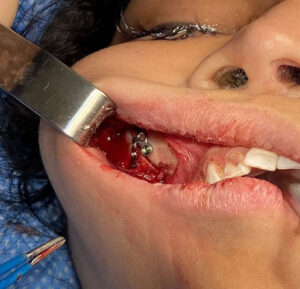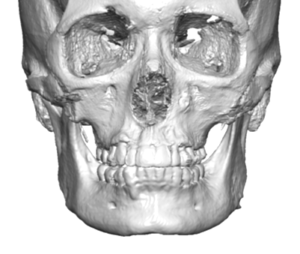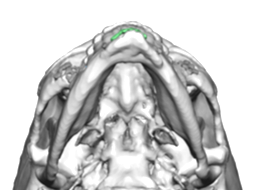Excessively wide cheekbones are a not uncommon facial feature that, although often mainly associated with Asian faces, can occur in all ethnicities. The concept of how wide cheekbones have to be to be considered excessive is an individual one. But anatomically they almost all share a significant or undesired convexity to the anterior portion of the zygomatic arch.
The zygomatic arch makes up a significant amount of the cheekbone and is largely responsible for its external shape. There is the main body the zygoma which is the larger anterior portion. The arch is the thinner bridge of bone that runs between the zygomatic body anteriorly and the temporal bone of the skull posteriorly. The arch is essentially a bridge of bone that has its shape to permit the temporal muscle to pass underneath it as well as is the attachment points for the temporal fascia along its upper border and the masseter muscle at its lower border.
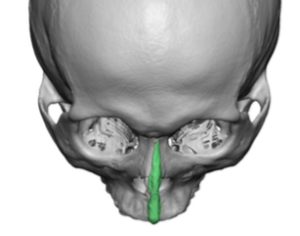
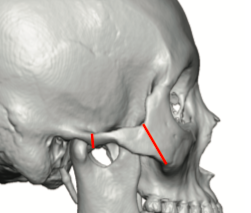
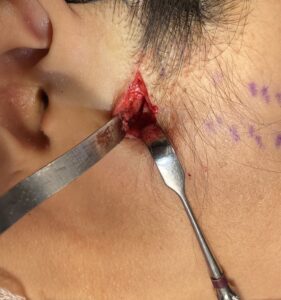
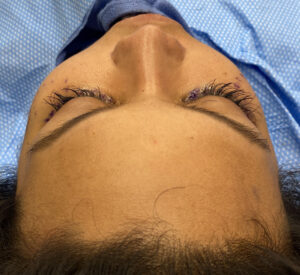
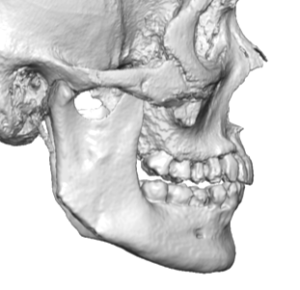

Dr. Barry Eppley
Indianapolis, Indiana

